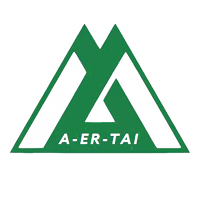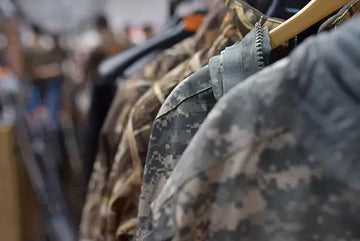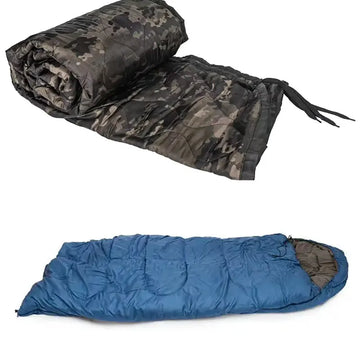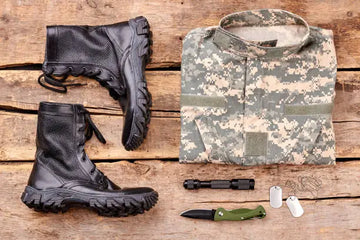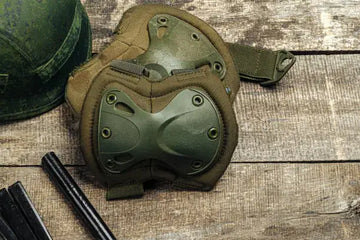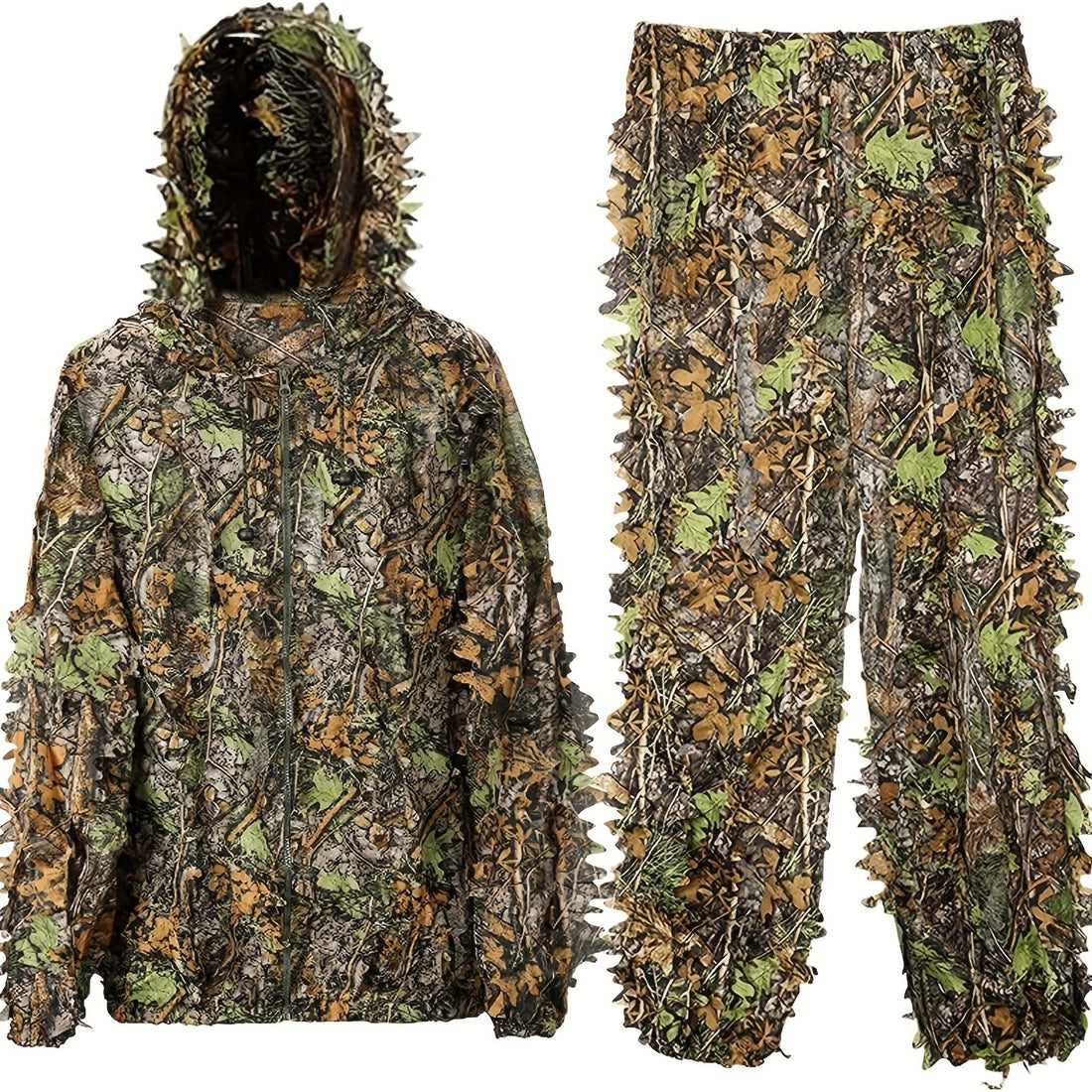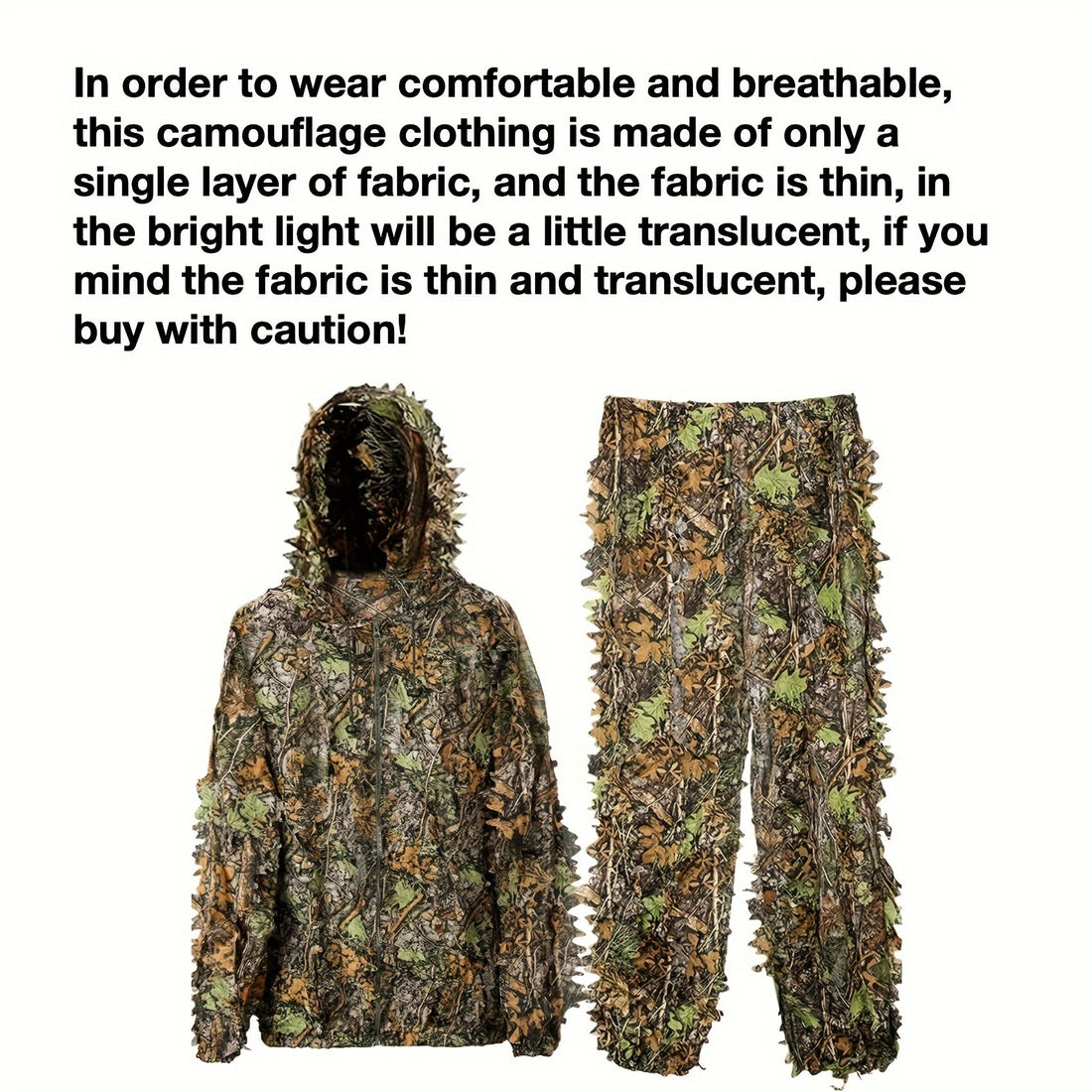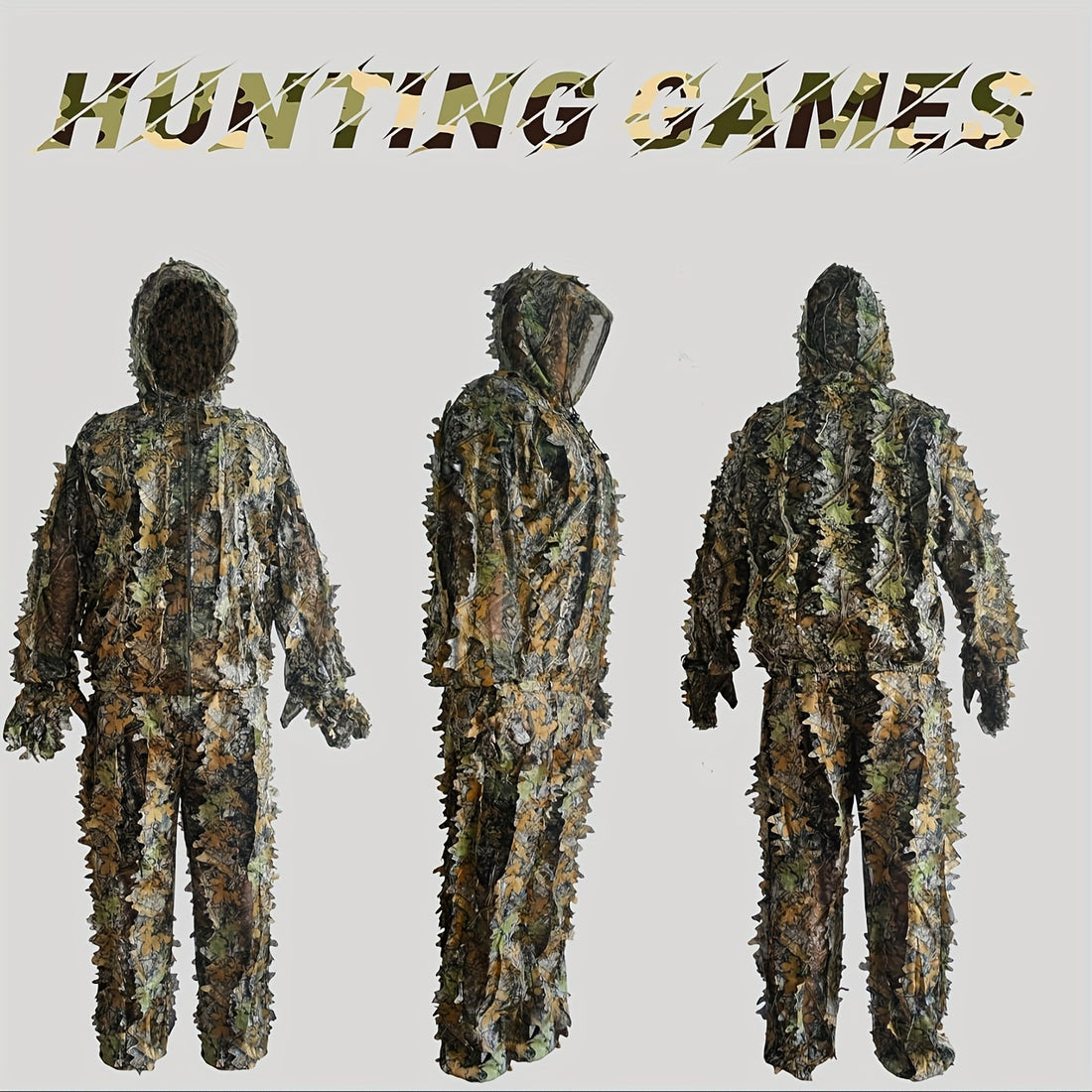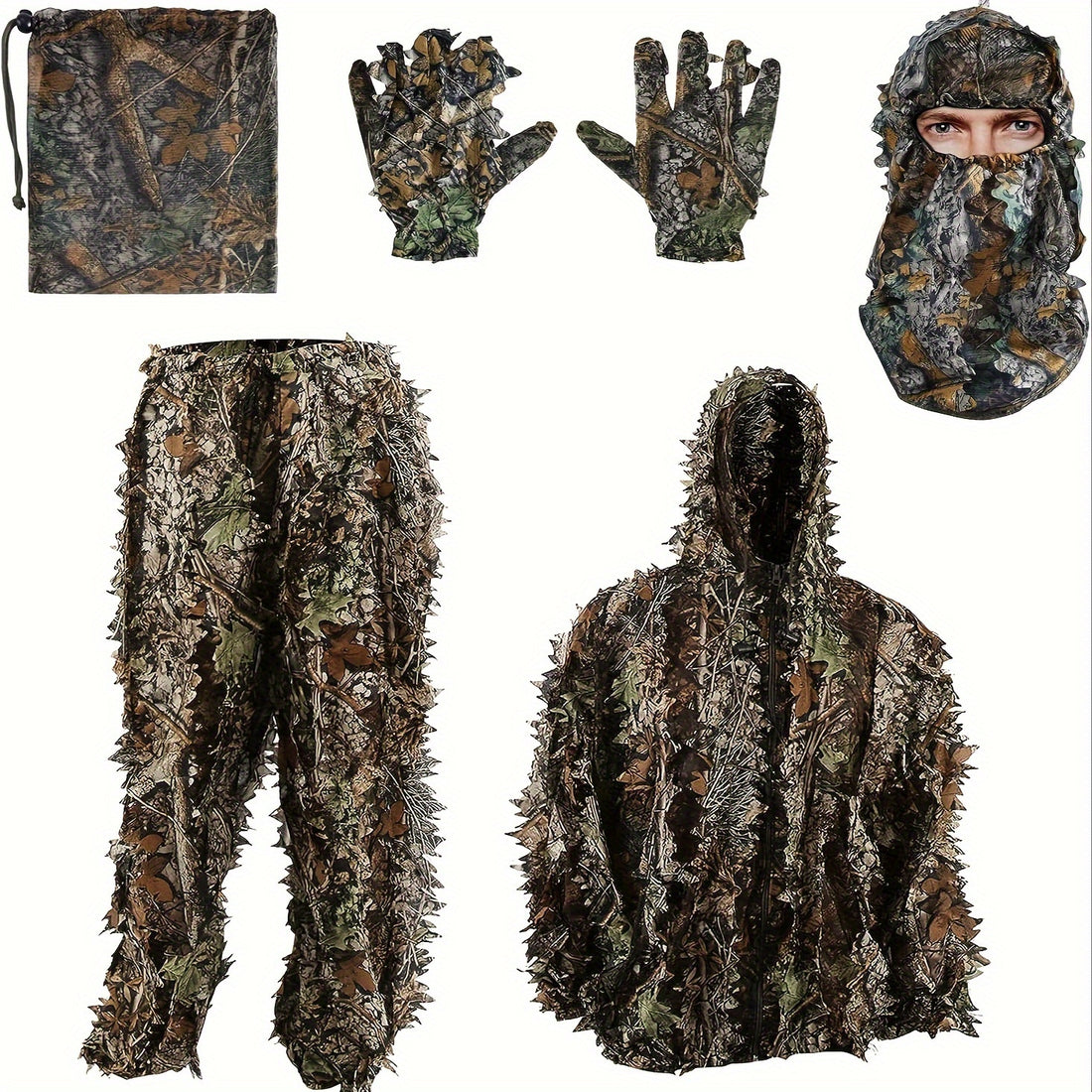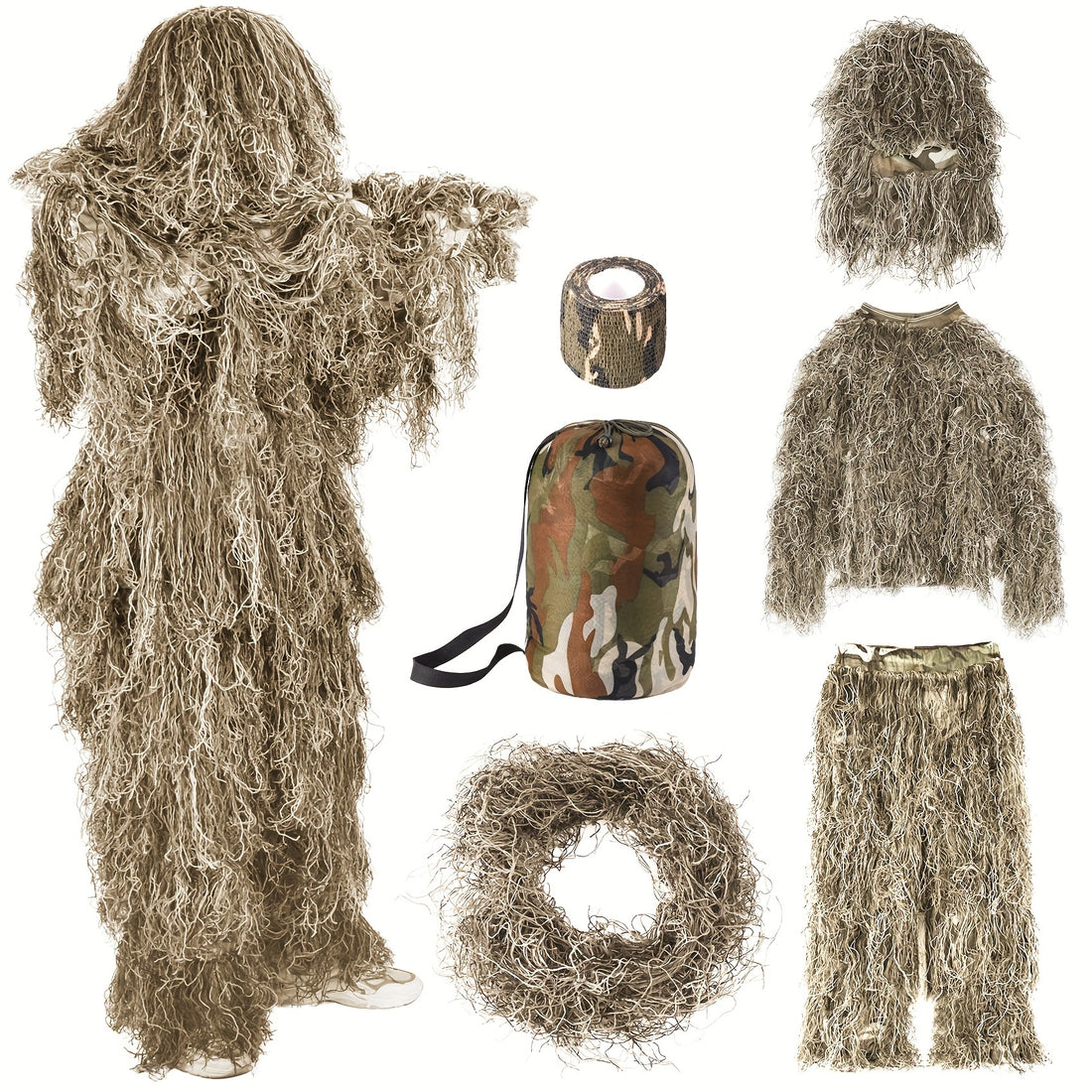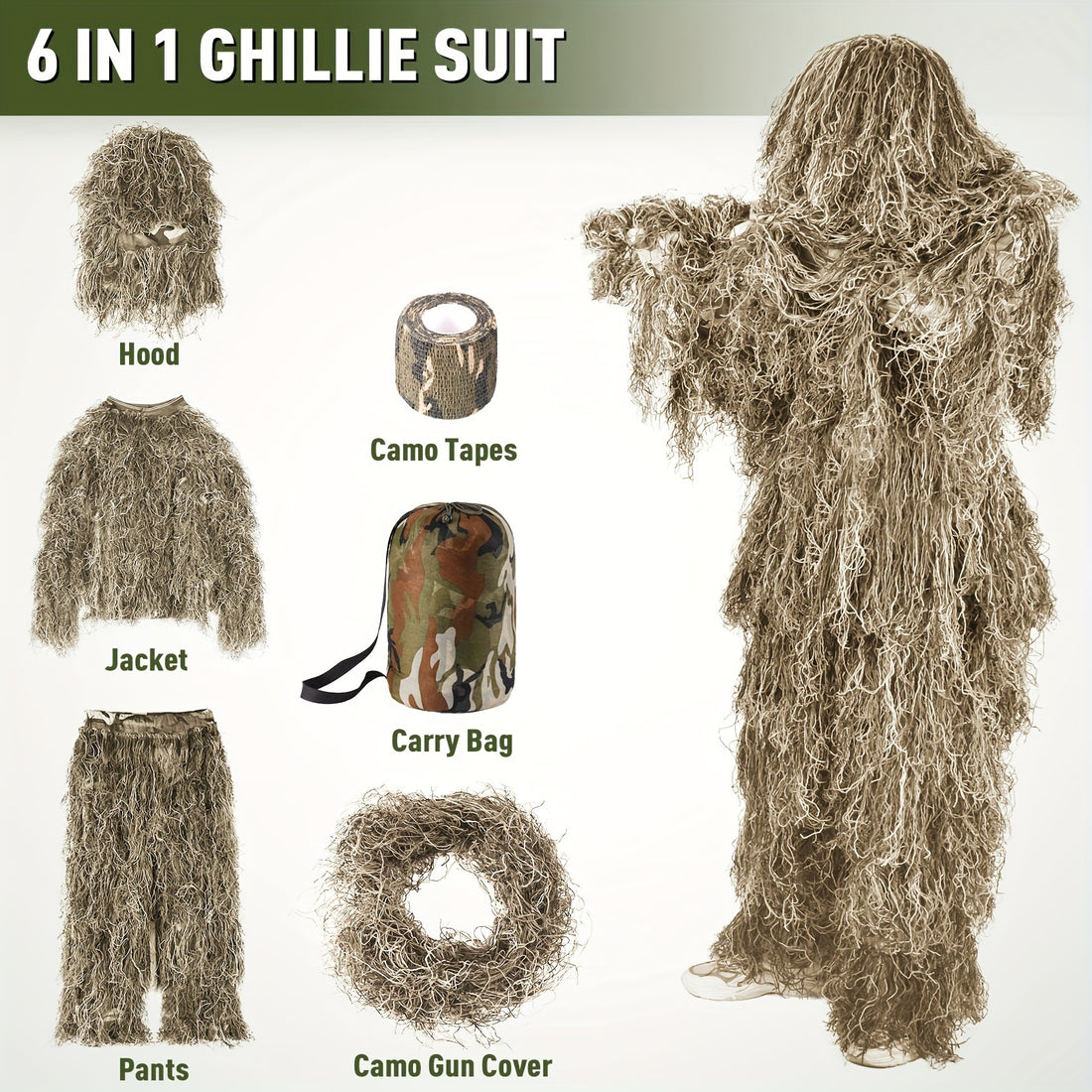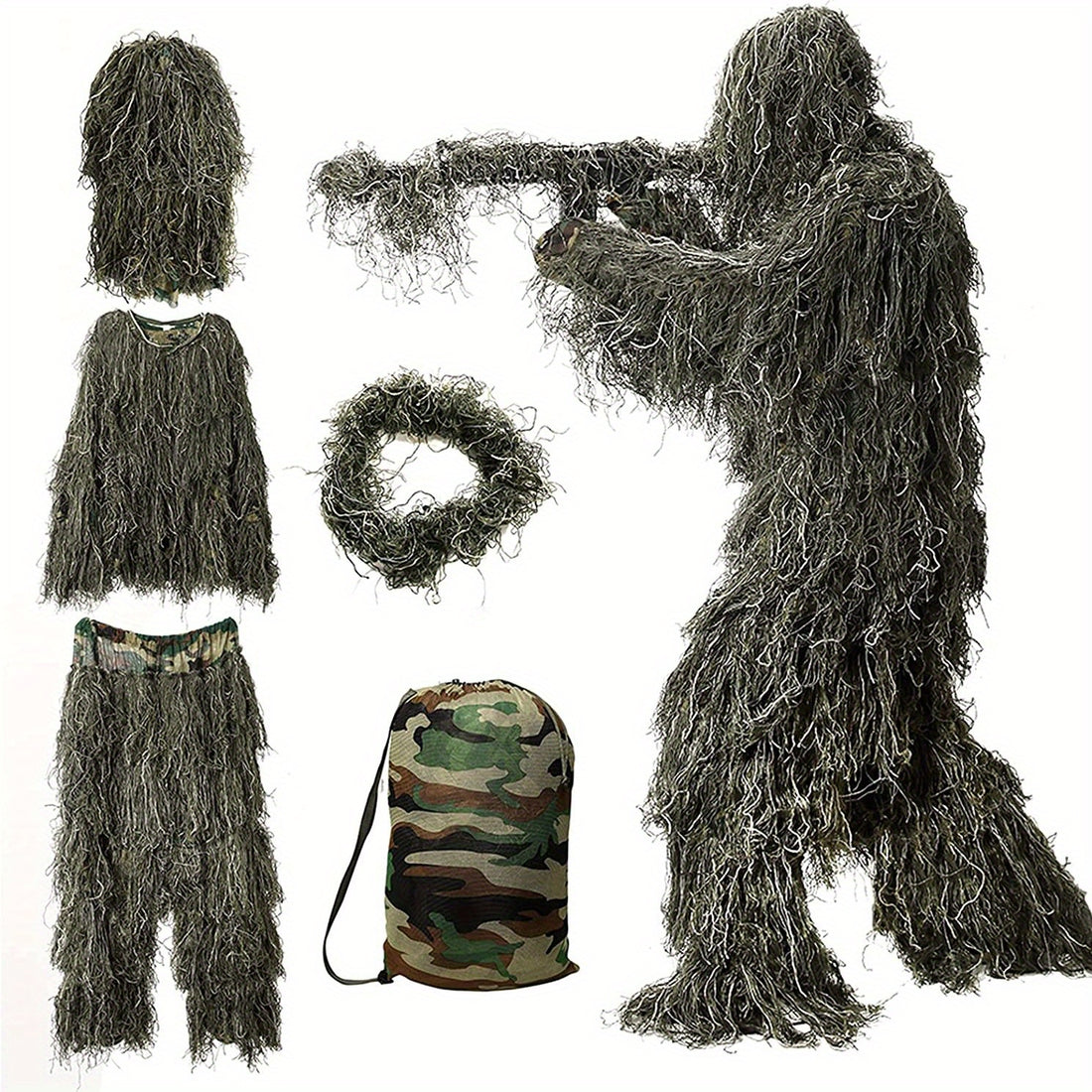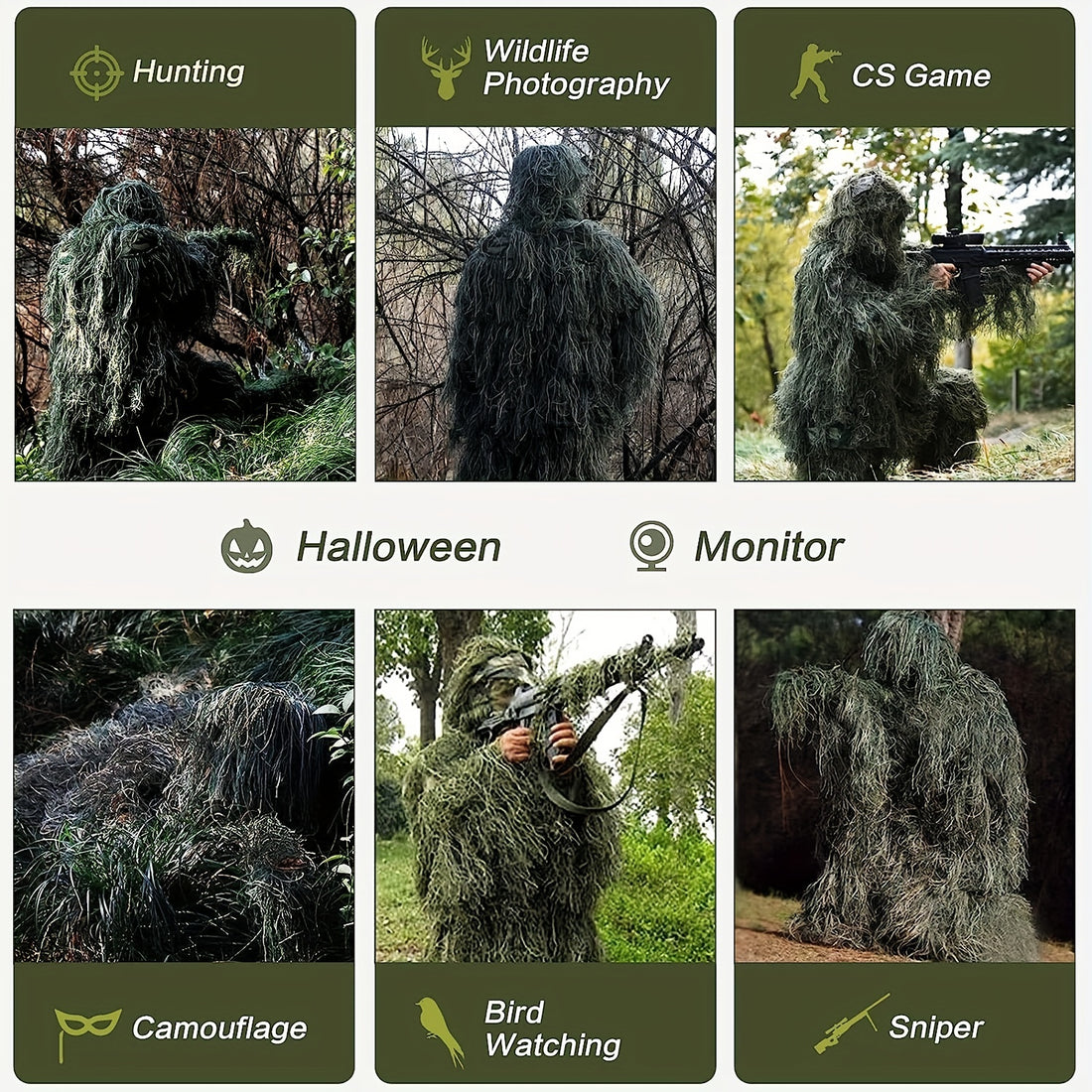Let’s take a fun trip through the history of military clothing!
From the rugged uniforms of World War II to today’s high-tech gear, military attire has come a long way.
This article explores how designs and materials have evolved over the decades. It’s perfect for military enthusiasts who want a clear, detailed look at this transformation—and why it still matters now. So, grab a cup of coffee, and let’s get started!
World War II: The Foundation of Modern Military Clothing
In the 1940s, military clothing was built for the grind. Soldiers faced mud, rain, and cold, so uniforms had to be tough. Cotton and wool ruled the day. They were strong and easy to produce.
The U.S. Army’s M1941 field jacket, for instance, was cotton with a wool lining. It kept soldiers warm but got heavy when soaked.
Camouflage wasn’t common yet. Most uniforms stuck to solid colors like olive drab or khaki. The goal was mass production, not hiding. Soldiers also wore steel helmets, like the M1 helmet.
It protected heads from shrapnel but weighed about 2.85 pounds—not exactly light!

M1941_Jacket, credit@wikimedia commons
Post-War Changes: The Cold War Era
After WW2, military clothing kept evolving. The Cold War meant new terrains—jungles, deserts, snowy peaks. Cotton and wool weren’t enough. Synthetic fabrics like nylon showed up. They were lighter and dried faster.
The Korean War (1950-1953) was a big test. Freezing winters pushed the U.S. to create the M1951 parka. It had layers for warmth and resisted wind better than older gear.
Then, in the Vietnam War (1955-1975), jungle camouflage popped up. The U.S. Army’s ERDL pattern helped soldiers blend into thick forests—a huge tactical boost.

M-65 US Army Parka with Hood, credit@wikimedia commons
The 1980s and 1990s: Technology Takes Over
By the 1980s, military clothing got a tech boost. The U.S. rolled out the Battle Dress Uniform (BDU) in 1981. It mixed cotton and nylon for durability and came in woodland camouflage—great for forests.
Then, the Gulf War (1990-1991) demanded desert gear. The Desert Camouflage Uniform (DCU) used tan shades to hide in sandy areas.
Kevlar also arrived. This lightweight, super-strong material made body armor—like the PASGT vest—better at stopping bullets. It was a leap from steel plates.
Modern Day: High-Tech and Multi-Functional
Today, military clothing is next-level. It’s light, tough, and loaded with features. The U.S. Army’s Operational Camouflage Pattern (OCP) hit the scene in 2015.
It works in forests, deserts, and more. The fabric blends nylon and cotton, treated to resist water and fire.
Body armor has evolved too. Modern plate carriers use ceramic plates and polyethylene—strong yet light. Uniforms now have pockets for tech like GPS. Some fabrics even wick sweat to keep soldiers cool.
The UK’s Multi-Terrain Pattern (MTP), introduced in 2010, is another awesome example of a versatile camo.

British Armed Forces Multi Terrain Pattern camouflage, credit@wikimedia commons
Why It Matters Today
So, why care about this history? It shows how war and tech shape each other. Better clothing means better survival—whether it’s warmth in Afghanistan or stealth in Iraq.
Plus, it spills over to civilians. Parkas, cargo pants, and even sneakers owe a nod to military design.
For enthusiasts, it’s a cool link between past and present. It’s grit that meets innovation.
Final Thoughts
From WW2’s cotton jackets to modern flame-resistant camo, military clothing has transformed. Wool shifted to nylon, solid colors turned into multi-terrain patterns, and steel helmets evolved into Kevlar vests. It’s a story of adaptation and progress.
For military fans, this is a goldmine of details. Next time you see a soldier’s uniform, you’ll know the decades of innovation behind it.
What’s your favorite piece of military gear? We’d love to hear your thoughts!
